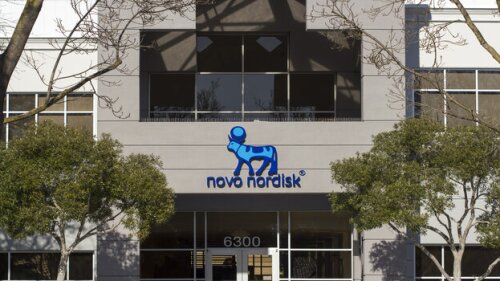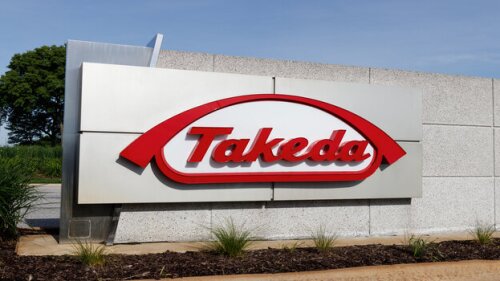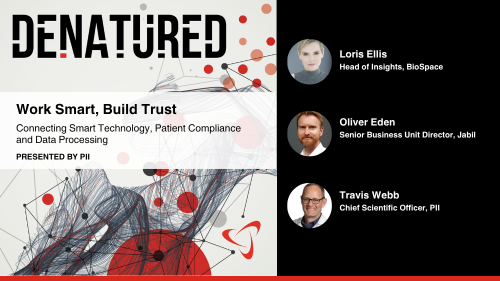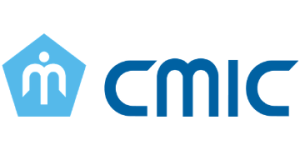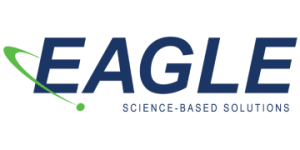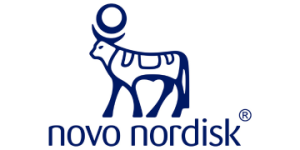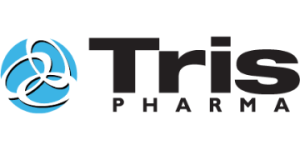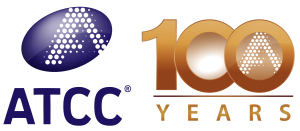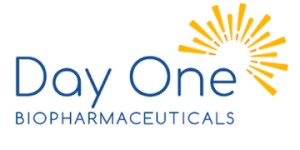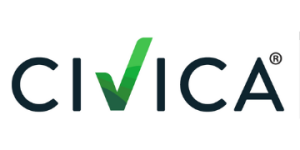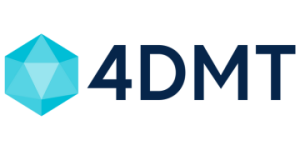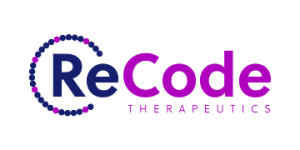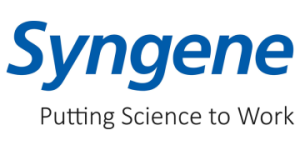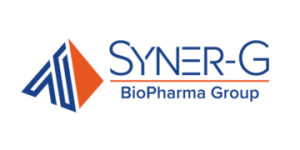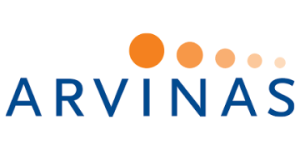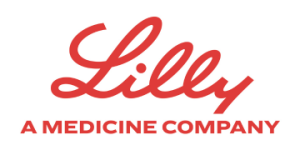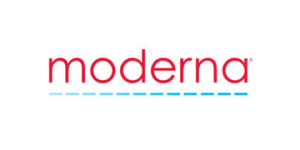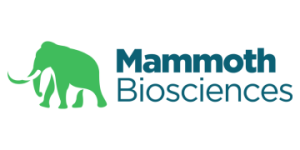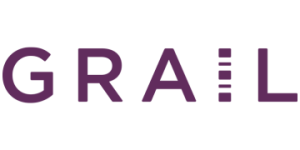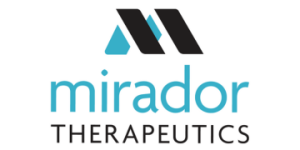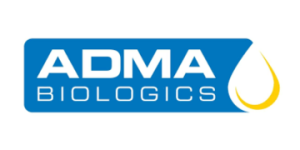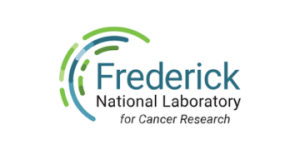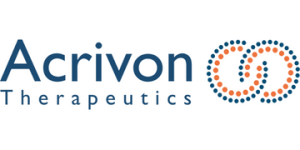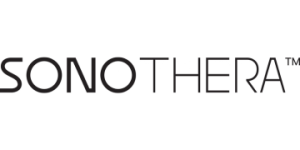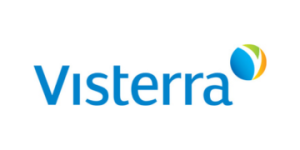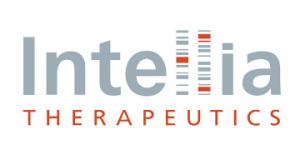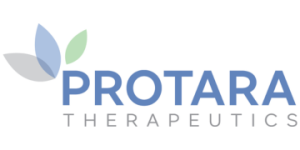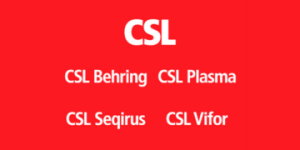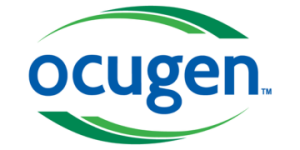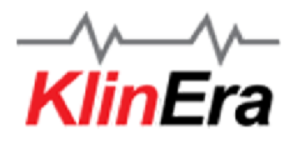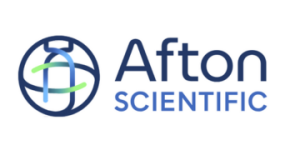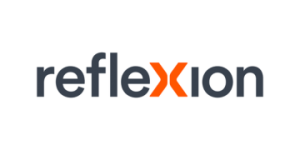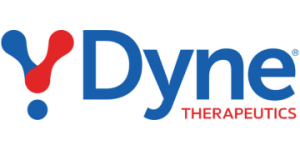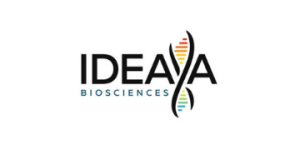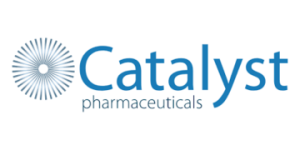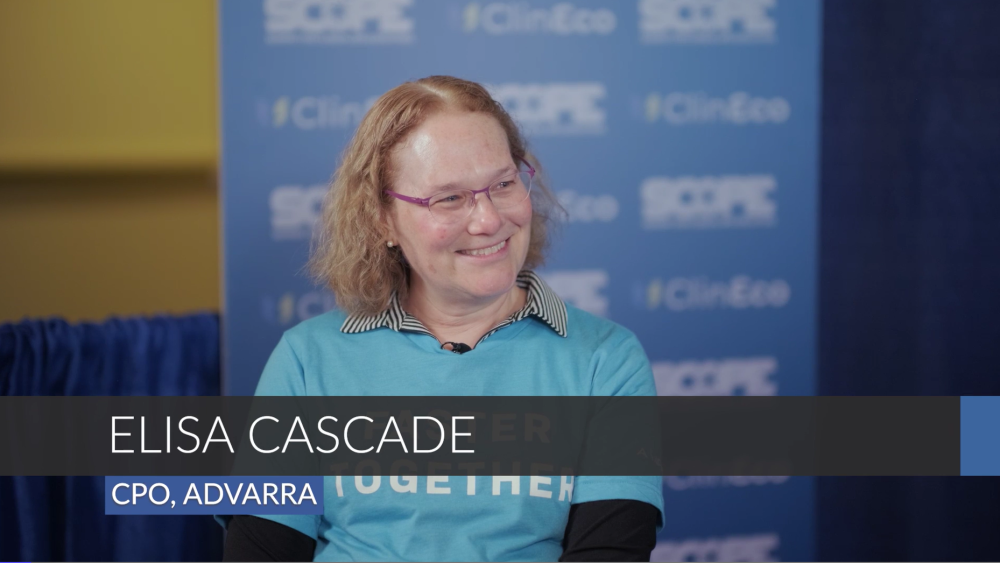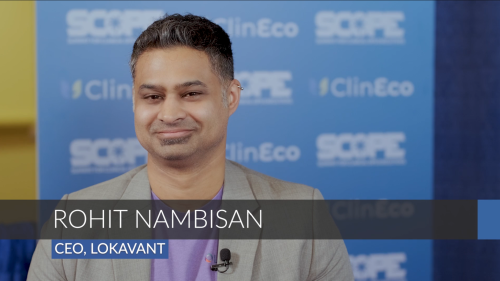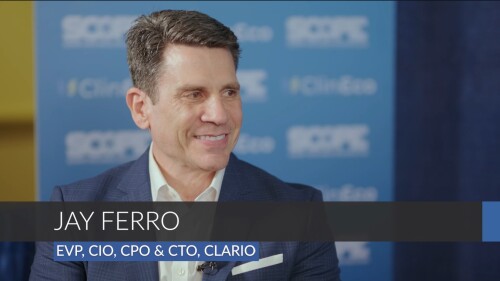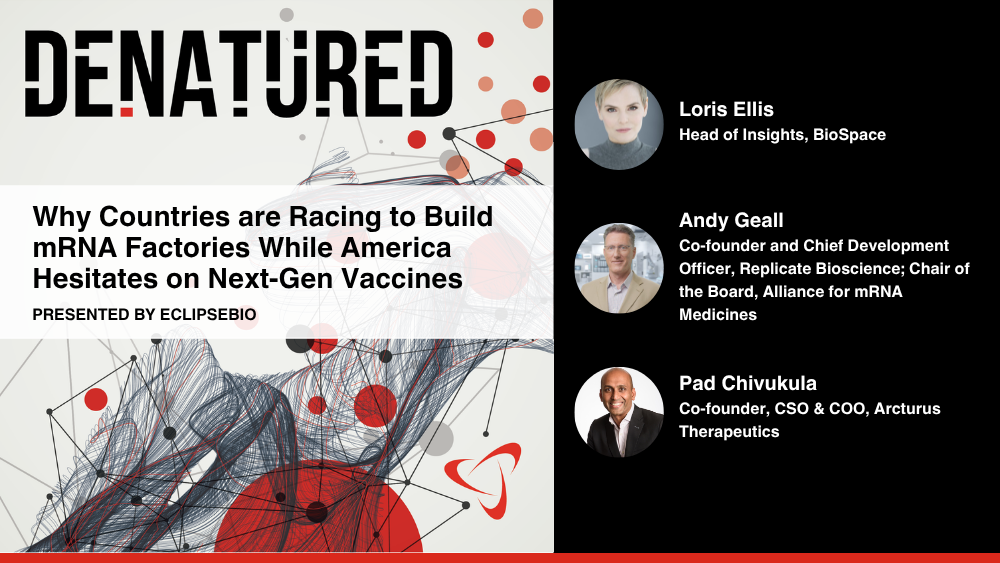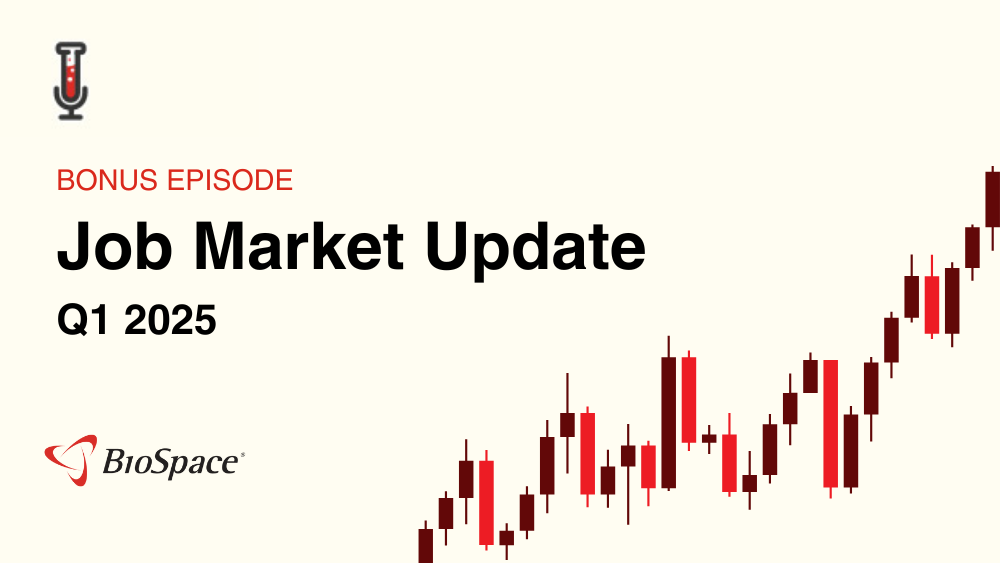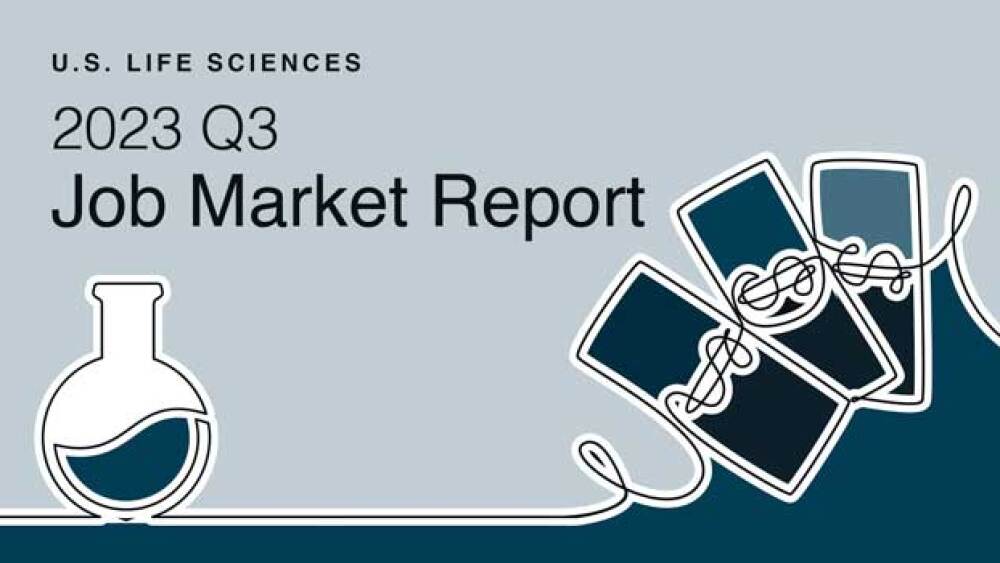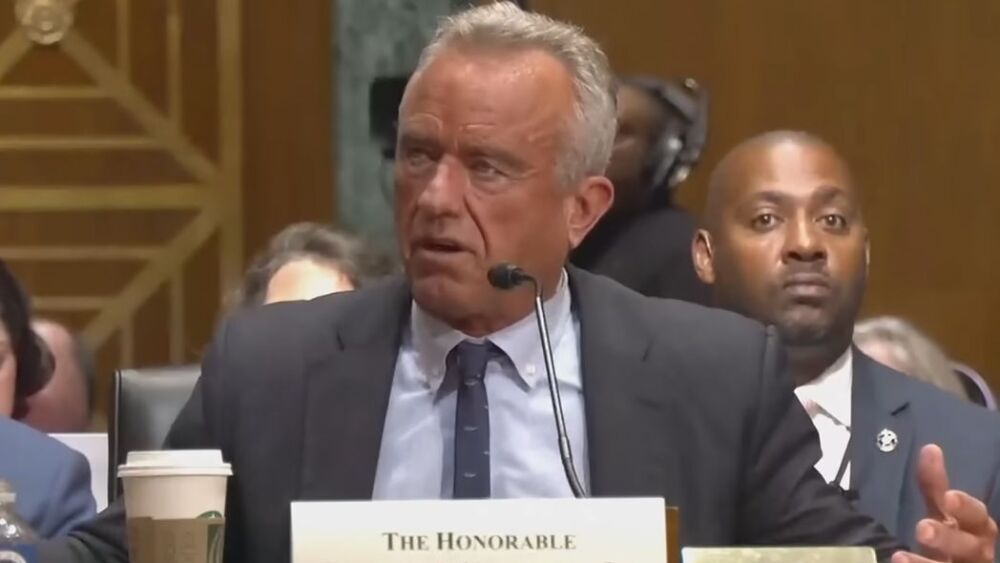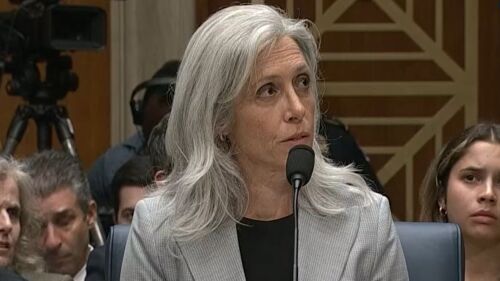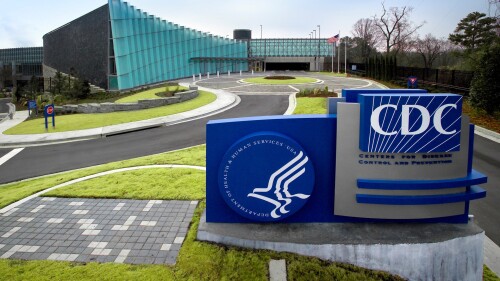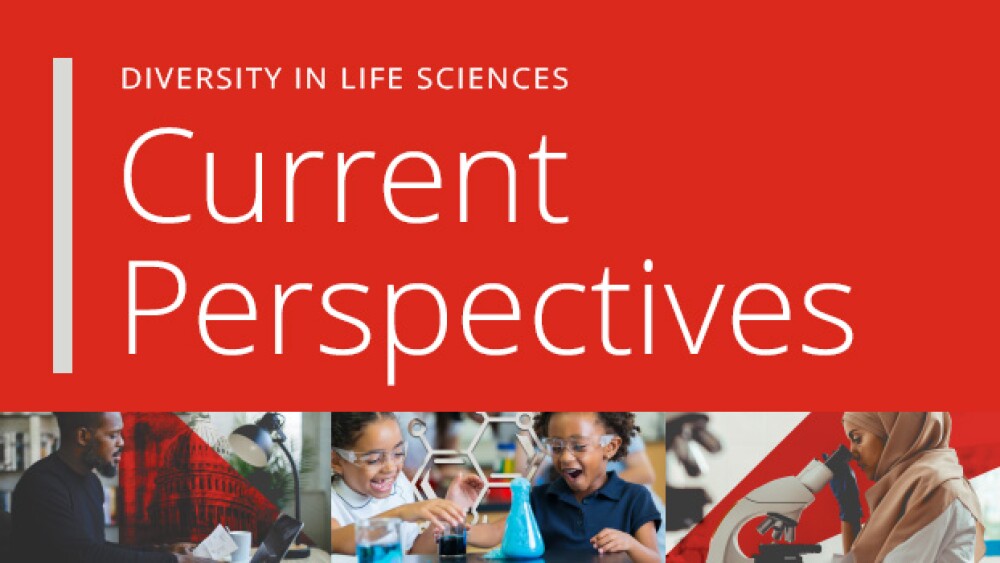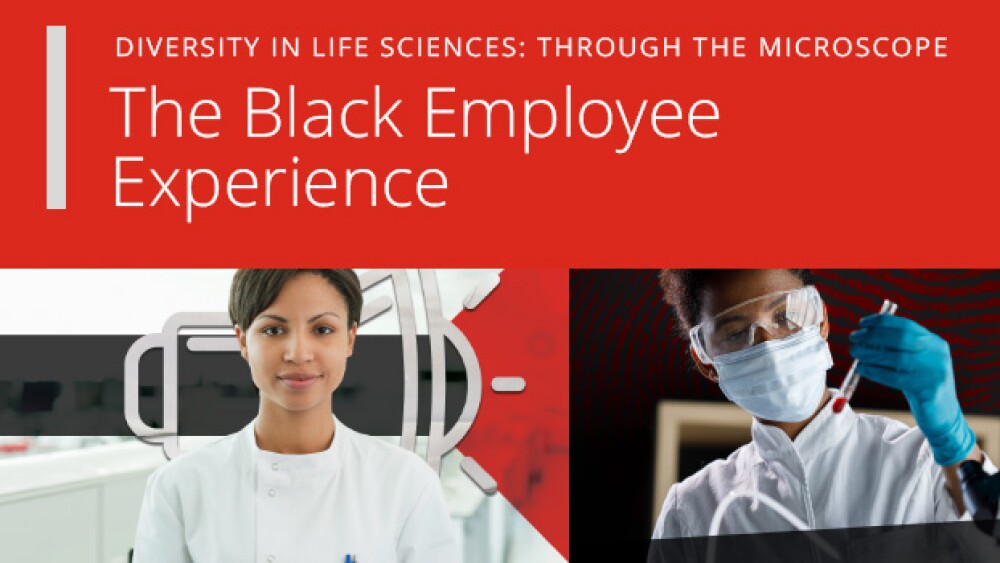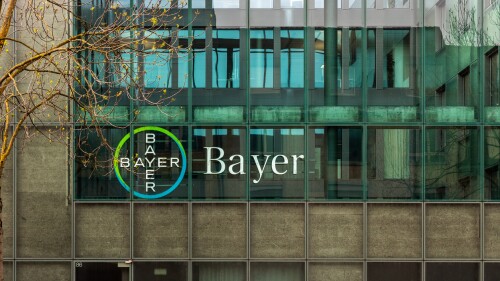In this episode presented by PII, BioSpace’s head of insights discusses decentralized clinical studies and how connected technology can improve patient compliance with guests Oliver Eden and Travis Webb.
The partners have yet to disclose what their priority indications are, though EVOQ’s NanoDisc technology aims to enable the development of potentially curative treatments for autoimmune conditions such as celiac disease and type 1 diabetes.
An unnamed source clarified that Sandra Retzky has not been fired from the FDA, but it remains unclear where she was reassigned.
Veradermics is the second hair regrowth specialist to fundraise this week, after Pelage Pharmaceuticals announced Wednesday it had brought in $120 million for its own therapy.
Due largely to CSL, Merck and Novo Nordisk’s reorganizations that could total about 19,350 people, Q3 cuts rose significantly year over year and quarter over quarter, based on BioSpace tallies.
This webinar, tailored for scientists in academia, biotech, and pharma, explores how intelligent mRNA designs can reduce experimental workloads and improve mRNA performance and efficacy.
FEATURED STORIES
After decades without much movement, a handful of new treatments for this rare autoimmune disease are now approved, and several companies, including argenx and Regeneron, have recently released promising late-stage trial results.
While Eli Lilly’s orforglipron is top of mind heading into the European Association for the Study of Diabetes meeting this week, experts told BioSpace the conference will also provide important insights into the therapeutic benefits of incretin therapies beyond weight loss.
On the FDA’s docket for the back half of September is Merck’s proposed subcutaneous formulation of its blockbuster cancer drug Keytruda.
As Novo Nordisk cuts 9,000 people from its organization in a restructuring effort, BioSpace looks back on the Danish pharma company’s rise.
Suddenly one obesity asset has come to define Amgen but executives see a fuller portfolio that will bring the big biotech into the future.
Contingent value rights are rising in a down market, helping to close the gap between buyer and seller expectations in biotech transactions.
LATEST PODCASTS
Sarepta’s Elevidys is back on the market for ambulatory patients with Duchenne muscular dystrophy, Health Secretary Robert F. Kennedy Jr. reportedly plans to dissolve the U.S. Preventive Services Task Force and “fix” the vaccine injury compensation program, Merck, AstraZeneca and more report Q2 earnings, Novo names a new leader and Roche’s trontinemab impresses at AAIC25.
Sarepta Therapeutics faces serious FDA action after news broke of a third patient death, the FDA gets a new top drug regulator in George Tidmarsh, a handful of new drugs get turned away from the market and pharma companies continue to commit billions to reshoring manufacturing.
In this episode presented by Eclipsebio, BioSpace’s head of insights Lori Ellis continues the discussion on mRNA and srRNA with Andy Geall of Replicate Bioscience and Alliance for mRNA Medicines and Pad Chivukula of Arcturus Therapeutics.
Job Trends
Looking for a biopharma job in Massachusetts? Check out the BioSpace list of nine companies hiring life sciences professionals like you.
Subscribe to Genepool
Subscribe to BioSpace’s flagship publication including top headlines, special editions and life sciences’ most important breaking news
SPECIAL EDITIONS
In this job market report we’re reviewing life sciences job market movement in Q3 and what to expect for Q4 and beyond.
In this special report, BioSpace examines how the biopharma industry is grappling with impending consequences of the Inflation Reduction Act.
DEALS
-
After the FDA rejection of Zurzuvae in one type of depression and the triple failure of neuro asset dalzanemdor, Sage was searching for a path forward at the end of December 2024. Biogen CEO Chris Viehbacher spied a possible deal, but the smaller company wasn’t interested.
-
Why did two private equity firms with more than $460 billion under management want a little old gene therapy biotech called bluebird bio? We wanted to know.
-
Big Pharmas like Eli Lilly, Sanofi and Novartis headed back to the dealmakers table multiple times, with 32 total deals counted across the industry for the first half.
-
The rise of monoclonal antibodies brought back hope for stalling or reversing the devastating neurodegenerative disease. Big Pharma has taken notice with a handful of high-value deals, GlobalData reports.
-
Jefferies analysts called the proxy filing, which is a standard disclosure after a merger agreement, “much more intriguing than normal” given the regulatory turmoil it revealed.
WEIGHT LOSS
-
Prasad Returns, Delany Departs, Lilly’s Weight Loss Pill Disappoints and Sarepta’s Fallout ContinuesCBER Chief Vinay Prasad reclaimed his job less than two weeks after his mysterious exit; MAHA implementor Gray Delany is out after reportedly sparring with other agency officials over communications strategy; Eli Lilly’s first Phase III readout for oral obesity drug orforglipron missed analyst expectations; and Arrowhead Pharmaceuticals addresses the recent woes of its of partner Sarepta.
-
Novo Nordisk has plummeted back to Earth after a stunning rise driven by Ozempic and Wegovy. Can the storied Danish pharma recover?
-
Leaders at Eli Lilly believe heavy investment in the company’s manufacturing footprint “sets a high standard that newcomers may find challenging to match.” At least one of those newcomers disagrees.
-
Here are five oral obesity candidates that, according to Mizuho’s Graig Suvannavejh, could change the weight loss game.
-
From the price of forthcoming weight loss pill orforglipron, to Most Favored Nation drug pricing and the market battle with Novo Nordisk, pricing was the number one issue for Eli Lilly on its second quarter earnings call.
POLICY
-
Robert F. Kennedy Jr. repeated a series of anti-vaccine talking points during his appearance in front of the Senate finance committee on Thursday, as Democratic and Republican senators alike hammered the Health Secretary on recent COVID-19 vaccine restrictions and his views on Operation Warp Speed.
-
Ousted CDC Director Susan Monarez claimed in an op-ed published in The Wall Street Journal Thursday that she was fired for refusing to rubber-stamp COVID-19 recommendations to be made by an advisory panel that has expressed “antivaccine rhetoric.”
-
In coordination with the United States President’s Emergency Plan for AIDS Relief, Gilead will make its twice-yearly HIV prophylactic Yeztugo available to resource-limited countries “at no profit.”
-
Perhaps the most interesting of the pile of FDA rejection letters was for Lykos Therapeutics’ MDMA therapy. Letters sent to Stealth BioTherapeutics, Regeneron and more were also released as the agency also promised future CRLs “promptly after they are issued to sponsors.”
-
The new additions would bring ACIP membership to 14 total. Several of the proposed members have taken part in anti-vaccine activity or made anti-vaccine statements.
During the job application and interview process, candidates who lie to prospective employers and those who don’t properly highlight their accomplishments can find it difficult to land—or keep—their next role. We asked experts how to sell yourself positively and honestly.
Dealing with a toxic co-worker can be exhausting, and it can make your workplace more stressful. There are a few ways to make it easier, including developing healthy coping mechanisms and even talking it out with your colleague.
Job security is a hot topic among biopharma professionals. A career coach offers advice for how to evaluate and build it up and what to do if that evaluation leaves you worried.
Good company culture is a crucial aspect of professional life. Look at these 11 important indications of good workplace culture before accepting a job offer or use them to evaluate your new employer.
An appreciation for practicality, independent thinking and patient care can help disrupt the bureaucracy of Big Pharma.
Plus, learn about what to expect in initial interviews and how to time your post-Ph.D. job search for maximum success.
HOTBEDS
REPORTS
In the 2020 US Life Sciences Diversity & Inclusion report, BioSpace dives into how different segments of employees experience and perceive policies, attitudes and actions. Our data suggests that there are significant disparities between segments.
BioSpace surveyed our community to gain their insights and perspectives on work, their employers, and to understand who makes up the life science community.
How does being Black affect the workplace experience as a life sciences professional? BioSpace surveyed our community to gain a greater understanding of Black employees’ feelings of inclusion and their perspectives on employer DEI initiatives.
CANCER
-
After two patients who received the investigational CDC7 blocker died, pushing forward with SGR-2921’s development would be “difficult,” according to Schrödinger, whose stock dropped 17.5% before the opening bell on Thursday.
-
For $1.3 billion in aggregate—including upfront and milestone payments—Bayer will get exclusive global access to Kumquat Biosciences’ small-molecule KRAS G12D blocker.
-
Phase Ib data show Hernexeos can elicit a confirmed objective response rate of 44% in patients with HER2-mutated NSCLC who had previously been treated with a directed antibody-drug conjugate.
-
The recent announcement of RFK Jr.’s termination of mRNA vaccine contracts is the latest effort to undermine this promising technology at the federal level. Pharmaceutical companies and private investors must fill the gap and ensure that research into this critical resource continues.
-
Arguably the FDA’s most anticipated decision this month is for a subcutaneous induction formulation of Biogen and Eisai’s Alzheimer’s drug Leqembi, which, according to Eisai, could “help reduce the burden on healthcare professionals and patients.”
NEUROSCIENCE
-
The deal extends AbbVie’s commitment to the psychedelics space and depression, after emraclidine’s high-profile flop in schizophrenia last November.
-
The platform strategy of using one molecule to target an underlying biological pathway to address many different diseases can be a goldmine for smaller companies. But it also has a unique set of challenges.
-
The small molecule, vatiquinone, had already flunked a Phase III trial, but the company pushed ahead with an approval bid anyway.
-
Waltham, Massachusetts–based Skyhawk Therapeutics has been collecting collaborations with larger companies in spades since launching in 2018.
-
Praxis’ vormatrigine reduced seizures by 56.3%, an effect size that, according to analysts at Truist Securities, exceeds that of its closest competitors.
CELL AND GENE THERAPY
-
Kriya is advancing a host of gene therapies for a wide variety of chronic diseases, including geographic atrophy, trigeminal neuralgia and type 1 diabetes.
-
Jefferies analysts said these detailed safety outcomes confirm the gene therapy’s positive risk/benefit profile in ambulatory patients with Duchenne muscular dystrophy.
-
Skysona can now only be used in patients with cerebral adrenoleukodystrophy who have no available treatment alternatives or stem cell donors.
-
In the wake of multiple patient deaths from liver injuries related to Sarepta Therapeutics’ AAV gene therapy platform, some in the sector are looking for ways to improve the current technology, while others are eager to move on.
-
Sarepta did not hold an investor call for its second-quarter earnings report or provide an updated full-year revenue outlook.


